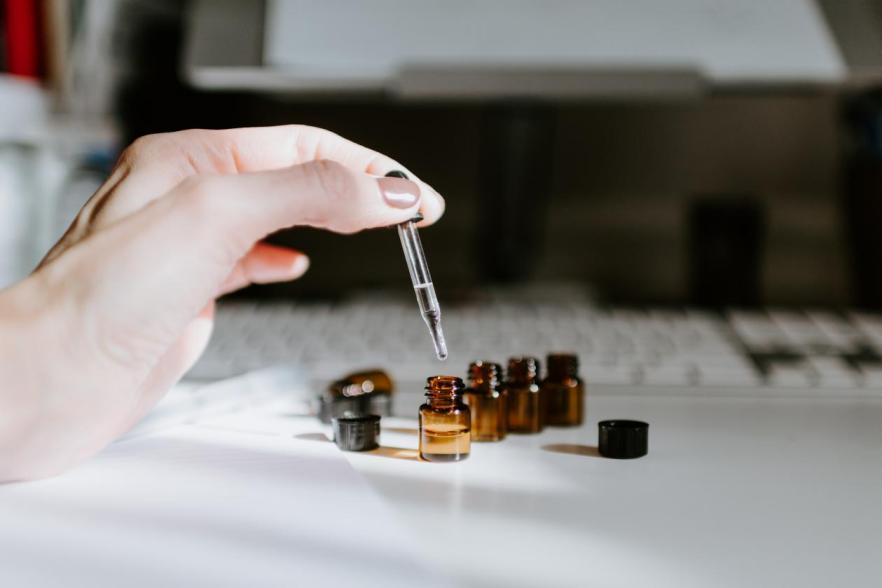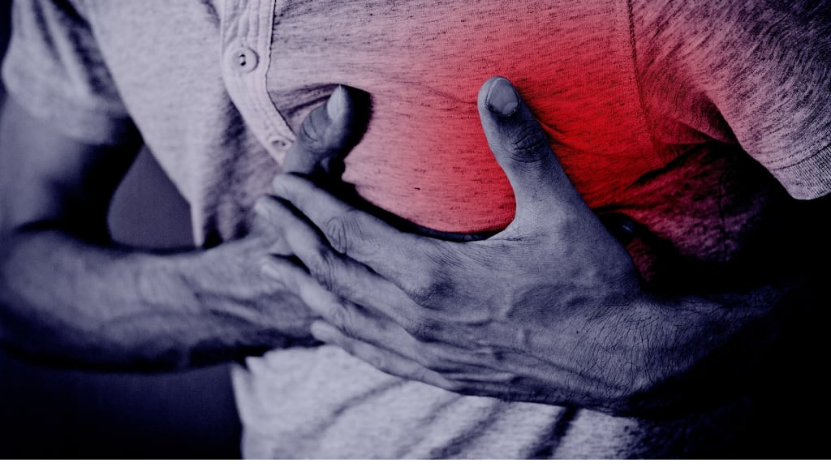Perhaps you have noticed the various colors of urine. Typically, urine ranges in color from clear to light yellow. The darker the urine is, the more dehydrated you are. But have you ever noticed the shape of your urine? Ever observed small bubbles in your urine? Are the bubbles hard to break? If your urine looks foamy, you might consider examining your kidney and blood pressure health.

Why urine looks foamy?
Just as water foams up when it comes out of the tap quickly, urine foams if it hits the toilet quickly. This kind of foam should clear up quickly. But if the foams do not disappear immediately, it may be proteinuria.
Normally, your kidneys filter extra water and waste products out of your blood into your urine. Protein and other important substances that your body needs are too big to fit through the kidneys’ filters, so they stay in your bloodstream.
The amount of protein in the urine is very small (daily excretion is between 50-200 mg). When the kidney didn’t work properly, protein will go into the urine causing changes in urine surface tension. As result, the urine will look foamy.
What Cause Proteinuria
Fever, infection, and exercise can temporarily change the permeability of kidney filtration, resulting in temporary proteinuria; Standing too long will increase renal venous pressure resulting in kidneys filtering out more protein which is called orthostatic proteinuria.
When these factors that cause temporary proteinuria and orthostatic proteinuria disappear, proteinuria will disappear. In that case, there is no need to worry about proteinuria.
But when proteinuria is caused by a damaged kidney, known as Pathological proteinuria, things could be very serious.
Pathological proteinuria may be caused by the disease of the kidney itself, such as nephropathy or localized glomerulosclerosis and other kidney diseases. Those diseases need to be diagnosed by blood test or kidney biopsy if necessary.

In addition, patients with other body diseases such as high blood pressure, diabetes, lupus erythematosus, multiple myeloma, hepatitis or AIDS, and other body immune or infectious diseases, or patients who use drugs such as non-steroidal anti-inflammatory pain relievers may cause kidney disease resulting in persistent proteinuria.
Hypertension-- The Second Leading Cause of Kidney Failure
The nephrons in the kidney have a dense network of blood vessels through which a large amount of blood flows. Nephrons filter the blood and regulate fluids, hormones, acids, and salts in the body. High blood pressure can cause the arteries around the kidneys to narrow, weaken, or harden. These damaged arteries cannot deliver enough blood to the kidney tissue, so the nephrons cannot absorb the oxygen and nutrients contained in the blood they need to function properly. Simply put, high blood pressure leads to ischemia of the kidneys, which leads to kidney failure.
In the US,High blood pressure is the second leading cause of kidney failure. What makes things worse is kidney failure will raise blood pressure too.
(1)After substantial damage to the kidneys, the ability of the kidneys to process water and sodium is weakened. Water and sodium retention occurs when sodium intake exceeds the body's ability to excrete it. The retention of water and sodium in the blood vessels will cause the blood volume to expand, and high blood pressure can occur. At the same time, water and sodium retention can increase the water and sodium content in vascular smooth muscle cells (VSMCs) , thicken the vascular wall, decrease elasticity, enhance vascular resistance and increase the response to catecholamines, which can also increase blood pressure.
(2) Renal failure can cause the juxtaglomerular cell to release a large amount of renin, causing the activity of angiotensin II to increase, and the systemic arteriolar wall shrinks to produce hypertension. Renin and angiotensin II can also increase the secretion of aldosterone, which leads to water and sodium retention, which further increases blood volume and aggravates hypertension. Since the release of kallikrein and prostaglandins is reduced after renal parenchymal damage, the reduction of these vasodilatory substances is also an important factorin forming hypertension.
In other words, no matter what causes kidney failure, it will eventually cause high blood pressure and renal function to affect each other, forming a vicious circle.
Healthy Kidney Needs BP Monitoring
In addition to urine tests and regular attention to urine patterns, blood pressure can also reflect the health of the kidneys or the possibility of future kidney damage.

The scary thing about high blood pressure is that it is closely related to other major body diseases. When you monitor your blood pressure, you also observe the possibilities of other major diseases.

YHE BP Doctor Pro combines an inflatable cuff with a smartwatch to truly measure blood pressure anytime, anywhere. The more you care about your blood pressure, the more disease you might avoid.



Leave a comment
This site is protected by hCaptcha and the hCaptcha Privacy Policy and Terms of Service apply.